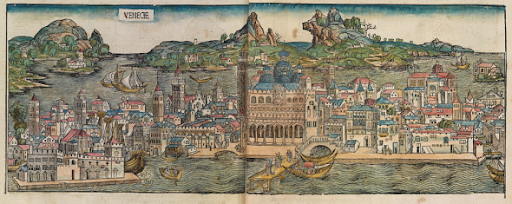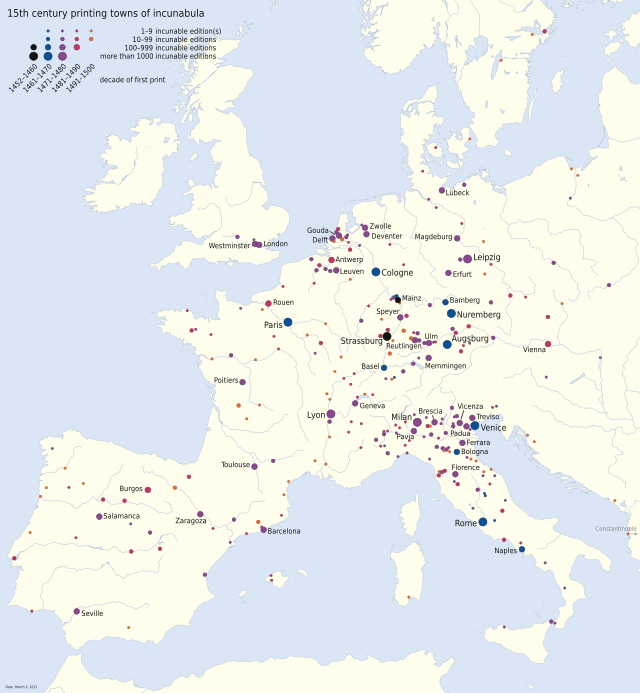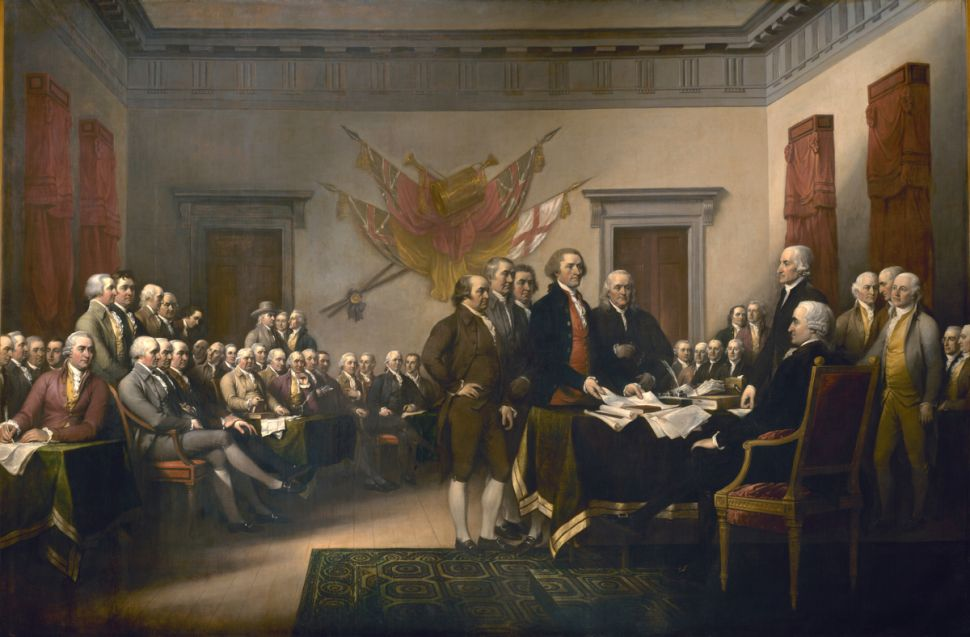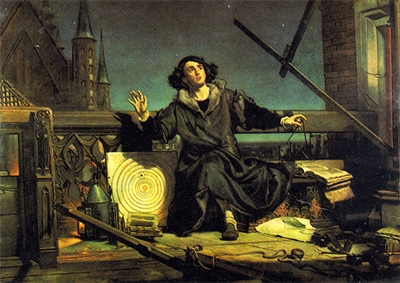
Map of Venice, 1493 (Courtesy of Italian Renaissance)
Spreading Ideas

Map of Venice, 1493 (Courtesy of Italian Renaissance)
When the printing press had expanded in Europe, Venice became the printing capital with 150 presses. One thousand presses were established in 200 cities and countries, including the Netherlands, Italy, Poland, and France. Books had increased in a language like Italian, German, and English. Books covered a variety of subjects: literature, law, science, and geography.
About 20 million books were printed before the 16th century and increased ten times the following century. Books published in German, Italian, English, and French rose along with classical literature, law, science, philosophy, and religious texts. On the other hand, books printed in Latin decreased.
“a rise of literacy from about 10 percent in 1500 to one-third three centuries later”
-Bob Allen

Spread of printing in the 15th century from Mainz, Germany (Courtesy of Public Domain)
As the number of books rose, so did Europe's literacy rate. More people were able to read. Books became more available, so prices dropped. Books spread knowledge and ideas to Europe and had the potential to spark revolutions. The printing press helped develop the Reformation, Renaissance, Scientific Revolution, and the Enlightenment.

The Declaration of Independence incorporated many of the ideas that were popular during the Enlightenment. John Trumbull. June 28, 1776. The first draft of the document was presented to the Second Continental Congress (Courtesy of Architect of the Capitol)

Copernicus during the Scientific Revolution. Jan Matejko (Courtesy of Jagiellonian University of Cracow)